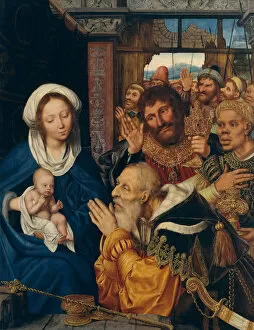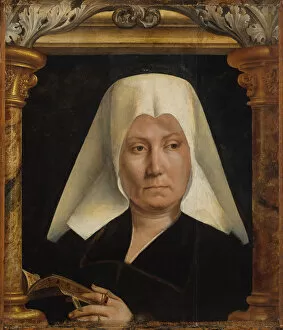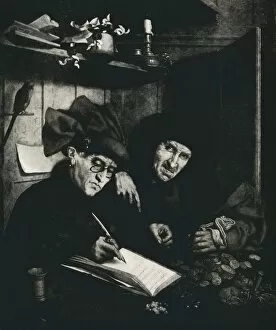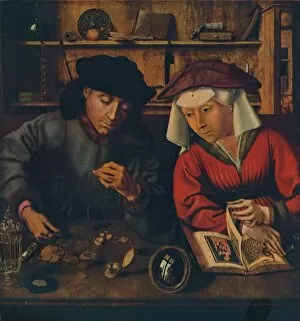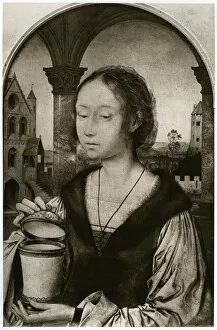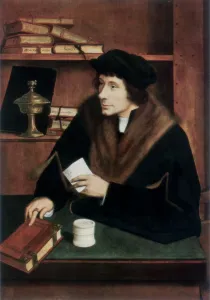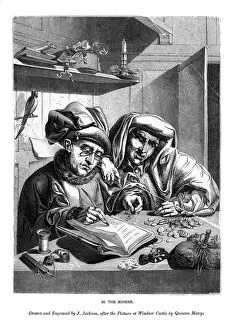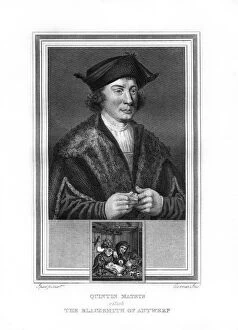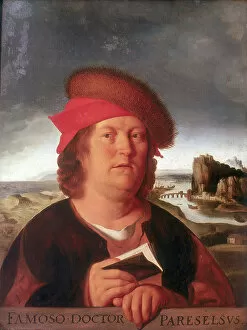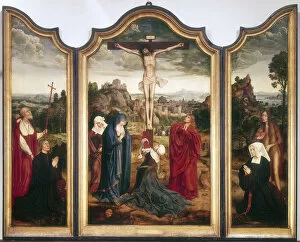Quentin I Collection
Quentin Metsys I, a renowned painter in the Flemish tradition, left an indelible mark on the art world with his exquisite masterpieces
All Professionally Made to Order for Quick Shipping
Quentin Metsys I, a renowned painter in the Flemish tradition, left an indelible mark on the art world with his exquisite masterpieces. One such masterpiece is "The Adoration of the Magi" painted in 1526. In this work, Metsys skillfully captures the awe and reverence surrounding the birth of Christ. Another captivating piece by Quentin Metsys I is "Portrait of a Woman, " created around 1520. This painting showcases his ability to depict human emotions and capture the essence of his subjects. "The Moneylenders, " painted in 1515, portrays an intriguing scene where financial transactions take place. With meticulous attention to detail, Metsys brings forth a sense of realism that draws viewers into this bustling setting. In "The Moneylender and his Wife" from 1514, Quentin Metsys I delves deeper into human relationships. The intricate expressions on their faces reveal complex emotions as they engage in their daily activities. Metsys' artistic versatility shines through in "Head of Christ" from the fifteenth century. Through delicate brushstrokes and subtle shading techniques, he conveys both divinity and humanity within this iconic religious figure. St Mary Magdalene becomes another subject for Quentin Metsys I's artistic exploration in his painting from 1927. He captures her beauty and spiritual depth with great sensitivity. "Petrus Aegidius, " also painted by Quentin Metsys I in 1927, demonstrates his talent for portraiture once again. The intricacies of Petrus' features are brought to life through careful observation and skilled execution. One cannot forget about "The Misers, " a compelling artwork dating back to c1480-1530 but later reproduced by J Jackson in 1843 based on Quentin Matsys' original creation. This thought-provoking piece depicts two individuals consumed by their love for wealth while neglecting other aspects of life.

